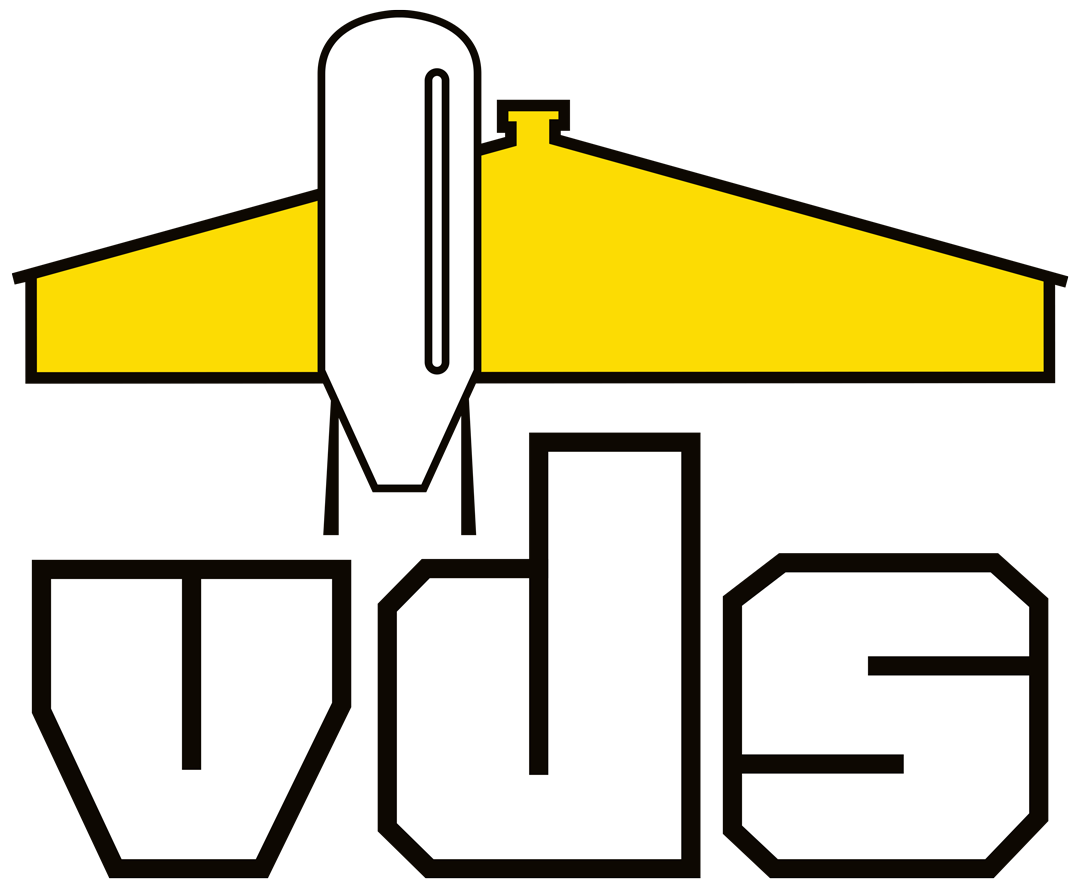Safe raw materials for the best possible finished products: a look behind the scenes as VDS Premix
Raw materials and concentrates or premixes comprise the basis of all our feed formulas. It goes without saying that every diet is put together with the greatest care, using only the best locally sourced ingredients and premixes. This means that the animals receive the right amount of vitamins and minerals, ensuring they are always in prime condition. To guarantee quality, VDS Premix goes in search all over the world for only very best ingredients it can find.
But how do we ensure that all the end products are of the very best quality, and which criteria must these raw materials fulfil? We’d like to explain how our selection process works to you.
The difference between raw materials and concentrates
Raw materials can be compared to the ingredients in a recipe. The ingredients of animal feed include cereals, protein-rich raw materials, fats, oils, residual products from human food, vitamins and minerals. A concentrate is a mix of vitamins and minerals, with or without protein sources. It is used to produce a type of animal feed that uses as few ingredients as possible.
We aim to supply the most economical finished product possible for every request we receive. The first thing we do is to make the necessary calculations for putting together the best formula, taking into account the price and availability of locally sourced raw materials. Is the customer unable to obtain certain vital ingredients or are they too expensive when locally sourced? Then we mix them in a concentrate which makes up 5 to 35% of the feed.
In-depth knowledge of the global raw materials market
There are more than 800 types of raw materials available, each of which has its own specific properties, benefits and potency. Some raw materials may only be used in specific regions. Their use depends on cost, availability, customs and any statutory restrictions that may apply in a given country. Thanks to our broad knowledge of the global raw materials market, we succeed time and again in developing a tailor-made product that fully complies with the statutory provisions and customs of the country where the finished product is intended to be used.
However, not all raw materials are suitable for every species of animal.
Watch out with cottonseed meal
Cottonseed meal or flakes may contain an increased amount of gossypol. Gossypol ensures that lysine is bound in the feed, retarding the animals’ growth. It also binds free iron, which can cause anaemia and, when fed to hens, can result in a greenish-grey ring around the yolks of their eggs. We know perfectly well from which regions cottonseed meal with a high or low gossypol content can be sourced. Cottonseed meal from Burundi does not contain much gossypol, for example. This means that we need to make fewer changes in the feed formula to compensate for this, and the customer can develop a cheaper finished product.
Peanut flakes as a source of protein
In Central Africa, peanut flakes are often used as a source of protein for poultry. Soybean meal is also a good source of protein. However, soybean meal contains almost twice as much lysine compared to peanuts. Peanuts are less easy to digest, and the aflatoxin they contain is also an issue. That is why we use mycotoxin binders in every feed formula that contains groundnuts (or, more specifically, peanuts) to ensure that this feed type also contains sufficient safe proteins.
Which is best suited to poultry? Maize or is another type of cereal?
Maize is the most widely used cereal grain in the world, but there are some limitations with regard to its use. In Belgium and the Netherlands, we usually prefer wheat as a cereal for chickens. It is widely available here and cheaper. What’s more, it results in whiter meat. France uses more maize in its formulas, because French customers traditionally prefer their chicken to be more yellow. In addition to maize and wheat, there are plenty of other cereals that are also very suitable for feeding poultry, such as sorghum, rice and other seeds.
FCA-certified products
Considering that the global raw materials market must always meet certain quality requirements, we source our raw materials from different parts of the world. Mineral raw materials, vitamins, enzymes and probiotics each have different origins, with different specifications. Raw materials are purchased locally where possible, which greatly reduces the cost of transport. However, if we cannot find certain raw materials locally we will import them. We always only buy FCA-certified products, as this enables us to consistently guarantee a high standard of quality.
Criteria for a successful diet
Based on tables with matrix values, laboratory analyses and our own experience, we always ensure that:
-
all the nutrients are in balance;
-
our formula is adapted to the animals’ life stage;
-
it contains sufficient vitamins and minerals;
-
the risk of toxins is minimised by fortifying them with additives;
-
the feed has the right physical structure;
-
the cost is in line with the customer’s expectations.
Are you looking for an optimal finished product?
Would you like your animals to benefit from the best possible diet? We will be happy to put our in-depth knowledge of the global raw materials market at your disposal to find the best feed solution in consultation with you.
Feel free to contact us!


